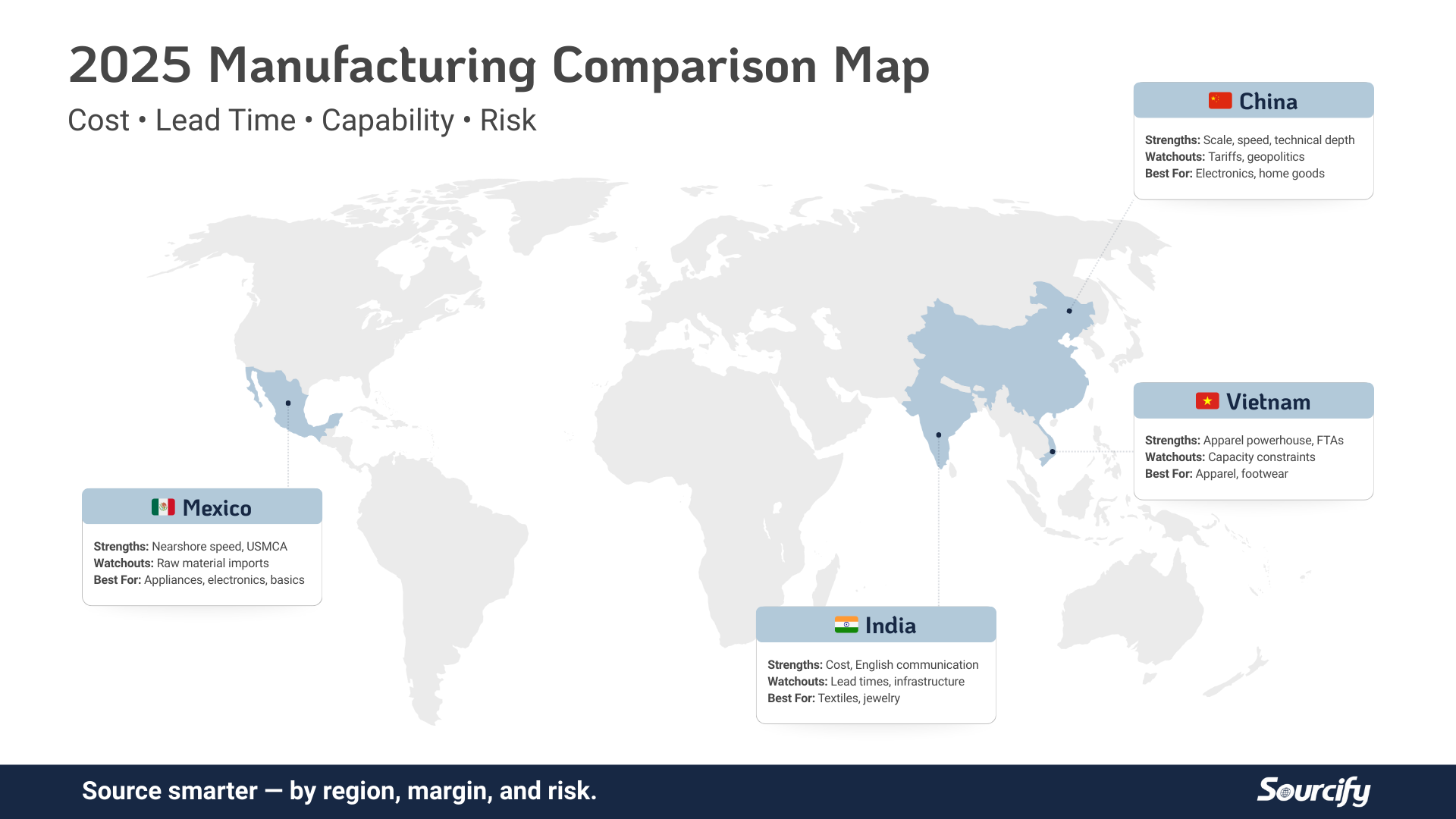Over the past year, the global supply chain has faced unprecedented challenges due to the pandemic. From bottlenecks in the transportation system and port shutdowns, to ship blockages and inventory shortages, the supply chain crisis has put thousands of businesses out of operation, and many more employees out of a job.
Now, as we dive into the new year, companies are continually looking for new solutions and ways to innovate their supply chain — enter, the world of e-commerce.
Digitalization of operations has put pressure on the flow of trade, forcing companies to learn how their business will operate in the future. With the rise of e-commerce only growing more abundant, businesses that buy and sell goods must also learn to adapt to the global economy’s changing conditions to stay afloat.
Focusing On Customer Experience In the Age of E-Commerce
Even before the pandemic, the global supply chain held powerful visibility, particularly as the motivating force behind retail. But as inventory shortages started due to the various COVID-19-related issues, the topic of the supply chain has taken center stage—and not in a good way.
That’s where the e-commerce industry comes in. With e-commerce’s growing influence, the global supply chain is undergoing a massive reconstruction. “There are some real noticeable themes playing out in e-commerce around improving infrastructure, processes, visibility, enhancing the consumer experience, and overall capability improvements,” Johnathan Foster, principal consultant at Proxima, tells SDC Executive.
But amongst these themes, one, in particular, stands out to Foster: enhancing the consumer experience. “Many companies were initially scrambling with the early periods of e-commerce, but have rapidly responded to the long-term consumer shift toward e-commerce that necessitates an easy-to-navigate website, robust return policy, improved security, and many other differentiating items that other competitors are deploying to gain an edge in this race,” Foster continues.
For most companies, one of the most successful ways of accomplishing this has been by cutting out the middleman. Over the past year, selling and delivering products direct-to-consumer has proved to be a significant solution for many organizations’ supply chains.
New technologies have enabled businesses to make this consumer-to-company contact, thus streamlining consumer experience and simultaneously cutting back on supply chain costs.
Companies can now track market changes and shifts in consumer demands to accurately fulfill their customer’s needs, allowing them to make better decisions for both their company and their consumers.
Expansion of Fulfillment Centers
While other segments of the economy look uncertain, the warehouse and distribution center (DC) development is thriving amidst the economic impact of the pandemic. Now, with the expansion of e-commerce and online retail, it comes as no surprise that the nation is building more and larger fulfillment centers. When it comes to warehousing, e-commerce businesses are searching for more storage space far quicker than brick-and-mortar companies.
A study conducted in 2016 by the Urban Land Institute found that e-commerce companies rely three times more on warehousing space than brick-and-mortar retailers. And this expansion isn’t expected to slow down any time soon. According to Grand View Research, the global e-commerce fulfillment market size is expected to grow at a compound annual growth rate (CAGR) of 10% from 2021 to 2028.
The only downside is that businesses can’t find warehouse space fast enough to fulfill orders, and developers can’t construct distribution centers fast enough to meet this increasing demand.
Technology’s Growing Influence On E-Commerce
As the global supply chain adjusts to the growth of e-commerce, the technology industry continues to create new solutions—one of the most talked-about being artificial intelligence (AI).
When most people hear the word “artificial intelligence,” human-like robotics are generally the first vision that comes to mind. But in the world of e-commerce, AI is more about improving customer experience, increasing conversion rates, and helping to streamline the way the business is run.
AI technologies are predicted to move the e-commerce industry forward by using collected business and customer data to make better business decisions and more accurately predict future market trends. Additionally, the creation of AI assistants can help employees manage tasks by taking care of customers’ questions and concerns or dealing with orders and inventory.
As advancing technology continues to push the limits of the e-commerce space, the need for integrating AI into businesses’ operations grows. Through AI, companies can have more targeted marketing advertising, allowing them to have a more personalized message to their consumer audience.
And paired with enhanced customer service through virtual assistance and chatbot technology, this personalized feel will increase chances of customer retention.
The Future of the E-Commerce Industry
While many fields of the economy still remain uncertain about their future, e-commerce will continue to see strengthening trends. And though the world of e-commerce has seen a significant boom, it seems as though this industry has yet to reach its full potential.
This growth will subsequently force the global supply chain to be susceptible to change. While the pandemic did certainly offer its fair share of problems for the supply chain, it’s also opened the doors for innovation and optimization.
Now that the pandemic has opened the eyes of many to the gaps in our supply chains, businesses have been forced to become more resilient in times of crisis. Through the industry of e-commerce, many can expect changes towards higher visibility and more flexibility.




